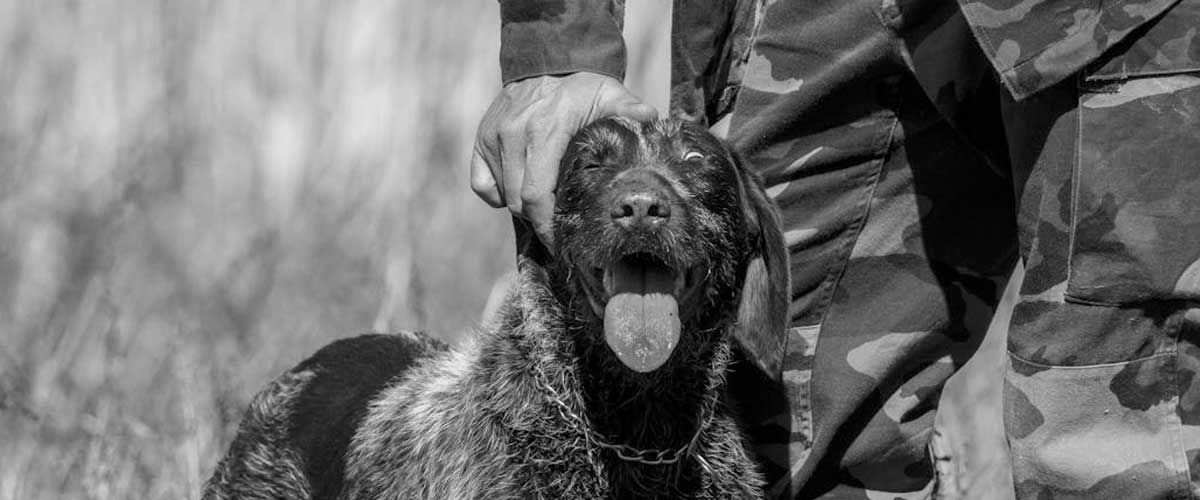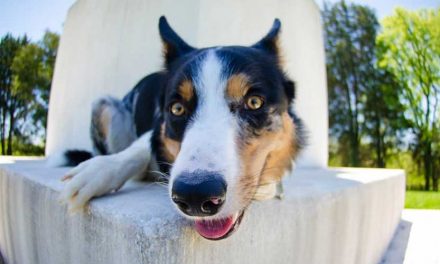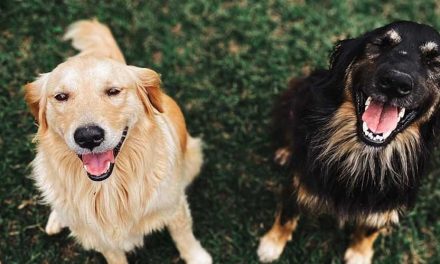When one thinks of the unsung heroes of the First World War, the image of brave soldiers on the front lines typically comes to mind.
However, there is another group of courageous beings who played a crucial role in the war effort: dogs.
While they may not have carried rifles or marched in formation, these four-legged companions significantly contributed to the war in various capacities, earning their place in history.
Messenger Dogs
One of the primary roles of dogs during the First World War was that of messenger.
In the trenches and on the battlefields, communication was vital, yet often difficult due to the chaos of war.
The use of messenger dogs proved invaluable.
They were able to traverse treacherous terrain under enemy fire, delivering crucial messages between units.
These dogs, often trained to follow specific routes and respond to commands, could cut through the fog of war and ensure that vital information reached its destination swiftly, sometimes saving countless lives in the process.
Sentry Dogs
Sentry dogs served as vigilant protectors, alerting soldiers to approaching enemies.
Their keen senses allowed them to detect the sound of footsteps or the faintest of scents, which might tell of an advancing threat before it was visible to human sentries.
By providing an early warning system, these dogs helped to protect their handlers and fellow soldiers from surprise attacks, enabling them to respond more effectively to enemy movements.
Search and Rescue Dogs
The aftermath of battles left many soldiers wounded and trapped in the rubble.
Search and rescue dogs played a crucial role in locating these individuals.
Trained to pick up scents, these dogs could navigate through difficult landscapes, track down injured personnel, and alert medics to their locations.
Their unwavering loyalty and dedication often brought hope to those in desperate situations, as they worked tirelessly to find and assist survivors.
Medical Support Dogs
Beyond their role in direct combat situations, dogs also supported the medical efforts during the war.
They were trained to help with the transport of medical supplies, carrying first aid kits and other essential materials to the front lines.
Their ability to navigate dangerous territories meant they could deliver aid faster than human runners, especially in areas where vehicles could not access.
This efficient delivery of medical supplies was vital for treating injured soldiers.
Morale Boosters
The toll of war extended beyond physical injuries; it also took an emotional toll on the soldiers.
Dogs served as companions, providing comfort and relief in the midst of chaos.
Their presence offered a sense of normalcy and companionship, reminding soldiers of home.
Interactions with dogs could lift spirits and reduce stress levels, making them an essential part of maintaining morale within the ranks.
Conclusion
The contributions of dogs during the First World War cannot be overstated.
From messenger and sentry roles to search and rescue and medical support, these remarkable animals displayed bravery, loyalty, and resilience on the battlefield.
They helped save lives, provide essential communication, and uplift the spirits of countless soldiers.
Today, we remember and honor these canine heroes, acknowledging their significant role in one of history’s largest conflicts, celebrating their unwavering loyalty and exceptional service.









